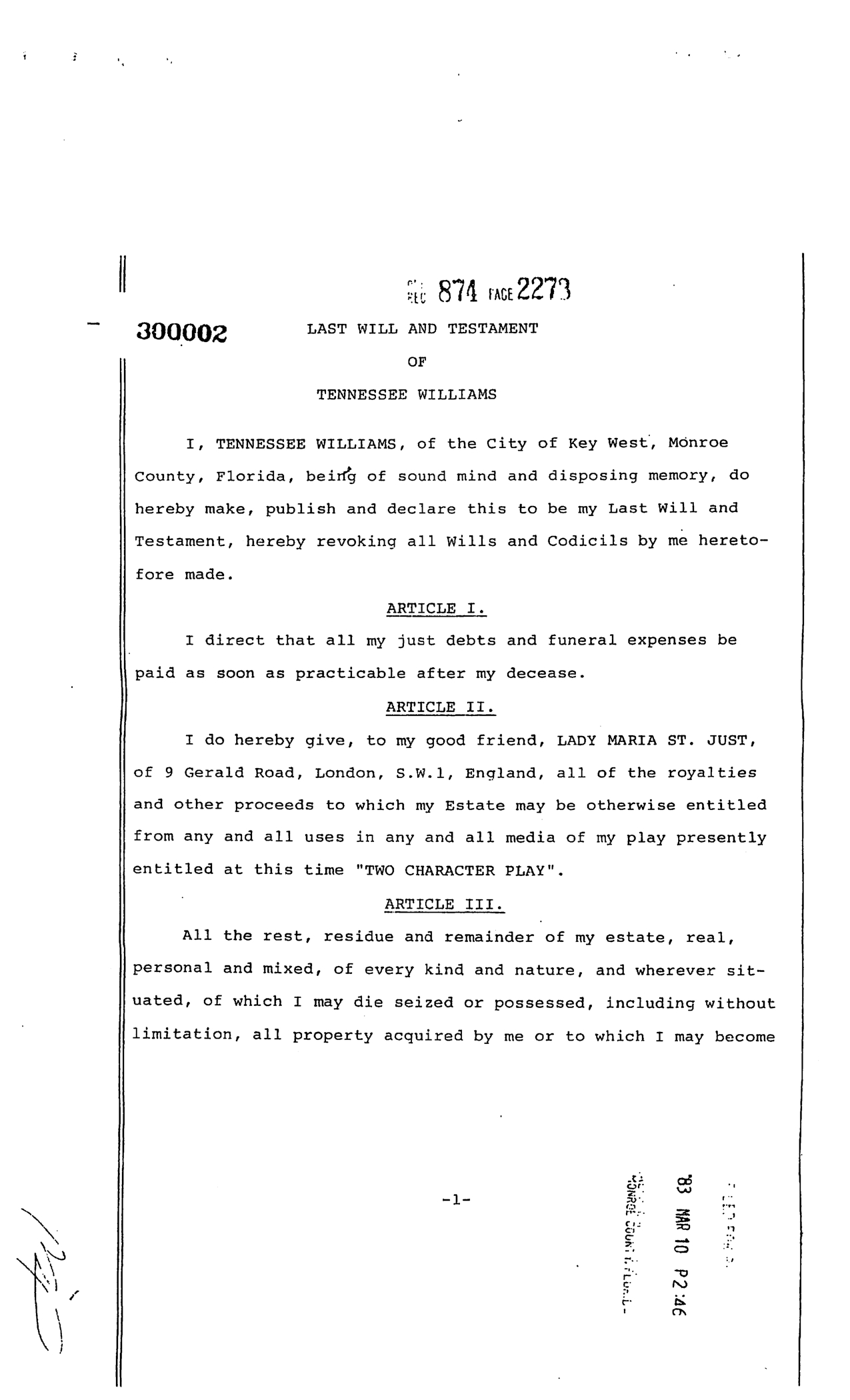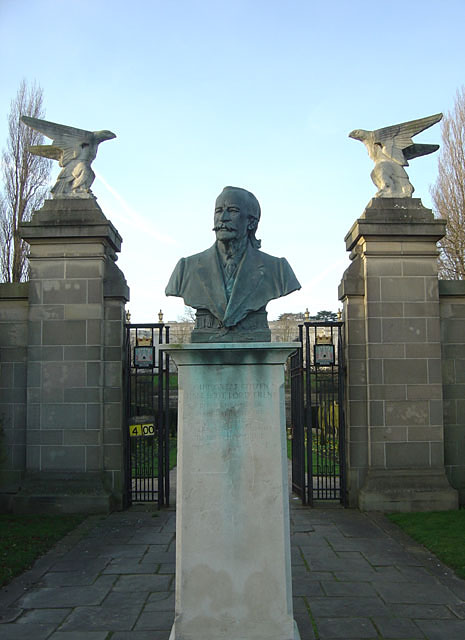|
Wormshill
Wormshill ( ), historically Wormsell, is a small village and civil parish within the Borough of Maidstone, Kent, England. The parish is approximately south of the Swale and east of Maidstone. The village of Frinsted lies to the east and Bicknor to the north-west; while Hollingbourne is to the south-west. The village lies on an exposed high point of the North Downs, within the Kent Downs Area of Outstanding Natural Beauty. Archaeological and toponymic evidence of Wormshill's existence predates its appearance in the Domesday Book of 1086. The village contains a number of heritage-listed buildings, which include a Norman church, a public house and one of the oldest surviving post office buildings in the United Kingdom. The fields and woodland surrounding Wormshill have changed little in the past 500 years, and the village itself remains rural with a low population density compared to the national average. The population of 200 is a mixture of agricultural workers emplo ... [...More Info...] [...Related Items...] OR: [Wikipedia] [Google] [Baidu] [Amazon] |
St Giles Church, Wormshill
St Giles Church is the sole church in the village of Wormshill in Kent. The church is Anglican and is dedicated to Saint Giles. It forms part of the united benefice of Tunstall with Bredgar. The other parishes are Milstead, Bicknor and Frinsted and Rodmersham. The ecclesiastical parish of Wormshill is in the Diocese of Canterbury and the Sittingbourne deanery (within the archdeaconry of Maidstone). It is a Grade II listed building, English Heritage number 1060971. History A church existed before the Norman conquest. In 1086 the lack of change in value pre-conquest (''TRE'') to 1086 (''as now'') may suggest that no major building work had occurred in the intervening 20 years. In the south wall of the nave by the porch is what looks like an Anglo-Saxon double-splayed window. The window had been covered up and was revealed in 1879. states that it is not possible to be certain that it is an Anglo-Saxon window, but it is possible it could be early Norman. The official li ... [...More Info...] [...Related Items...] OR: [Wikipedia] [Google] [Baidu] [Amazon] |
Frinsted
Frinsted or FrinsteadYoungs, F., Local Administrative Units: Southern England (London: Royal Historical Society, 1979), p. 271 is a small village and civil parish in the ecclesiastical parish of Wormshill and in the Maidstone District of Kent, England. and has been a recorded settlement (under the name Fredenestede) as far back as the Domesday Book and indeed was the only settlement in the surrounding area to be described at the time to have a church.Frinsted entry in the Domesday Book of 1086, at the NationalArchives.gov,uk The village exists in the of Eyhorne (and has been mentioned as such dating back to the |
Maidstone (borough)
The Borough of Maidstone is a Non-metropolitan district, local government district with Borough status in the United Kingdom, borough status in Kent, England. It is named after its largest settlement of Maidstone, the county town of Kent, which is also where the council is based. The borough also includes surrounding rural areas. The borough was formed on 1 April 1974 by the merger of the municipal borough of Maidstone with the rural districts of Maidstone Rural District, Maidstone and Hollingbourne Rural District, Hollingbourne, under the Local Government Act 1972. Geography The borough covers an area generally to the east and south of the town of Maidstone: as far north as the M2 motorway (Great Britain), M2 motorway; east down the M20 motorway, M20 to Lenham; south to a line including Staplehurst and Headcorn; and west towards Tonbridge. It lies between the North Downs and the Weald, and covers the central part of the county. The M20 motorway crosses it from west to east, as d ... [...More Info...] [...Related Items...] OR: [Wikipedia] [Google] [Baidu] [Amazon] |
Borough Of Maidstone
The Borough of Maidstone is a local government district with borough status in Kent, England. It is named after its largest settlement of Maidstone, the county town of Kent, which is also where the council is based. The borough also includes surrounding rural areas. The borough was formed on 1 April 1974 by the merger of the municipal borough of Maidstone with the rural districts of Maidstone and Hollingbourne, under the Local Government Act 1972. Geography The borough covers an area generally to the east and south of the town of Maidstone: as far north as the M2 motorway; east down the M20 to Lenham; south to a line including Staplehurst and Headcorn; and west towards Tonbridge. It lies between the North Downs and the Weald, and covers the central part of the county. The M20 motorway crosses it from west to east, as does the High Speed 1 railway. Geologically, the Greensand Ridge lies to the south of the town. The very fine sand provides a good source for glass-making. T ... [...More Info...] [...Related Items...] OR: [Wikipedia] [Google] [Baidu] [Amazon] |
Will (law)
A will and testament is a legal document that expresses a person's (testator) wishes as to how their property ( estate) is to be distributed after their death and as to which person ( executor) is to manage the property until its final distribution. For the distribution (devolution) of property not determined by a will, see inheritance and intestacy. Though it has been thought a "will" historically applied only to real property, while "testament" applied only to personal property (thus giving rise to the popular title of the document as "last will and testament"), records show the terms have been used interchangeably. Thus, the word "will" validly applies to both personal and real property. A will may also create a testamentary trust that is effective only after the death of the testator. History Throughout most of the world, the disposition of a dead person's estate has been a matter of social custom. According to Plutarch, the written will was invented by Solon. Originally ... [...More Info...] [...Related Items...] OR: [Wikipedia] [Google] [Baidu] [Amazon] |
Mediaeval
In the history of Europe, the Middle Ages or medieval period lasted approximately from the 5th to the late 15th centuries, similarly to the post-classical period of global history. It began with the fall of the Western Roman Empire and transitioned into the Renaissance and the Age of Discovery. The Middle Ages is the middle period of the three traditional divisions of Western history: classical antiquity, the medieval period, and the modern period. The medieval period is itself subdivided into the Early, High, and Late Middle Ages. Population decline, counterurbanisation, the collapse of centralised authority, invasions, and mass migrations of tribes, which had begun in late antiquity, continued into the Early Middle Ages. The large-scale movements of the Migration Period, including various Germanic peoples, formed new kingdoms in what remained of the Western Roman Empire. In the 7th century, North Africa and the Middle East—once part of the Byzantine Empire—came un ... [...More Info...] [...Related Items...] OR: [Wikipedia] [Google] [Baidu] [Amazon] |
Kent Hundred Rolls
The Kent Hundred Rolls are the documentary result of a 13th-century Crown inquiry or census into the rights of the English monarchy over land and property in the hundreds (regional sub-divisions) of the county of Kent. The rolls are preserved in the UK National Archives as part of the national Hundred Rolls series. Background In 1274, Edward I returned to England from the Ninth Crusade. During this time the country had suffered civil war during the Second Barons' War and local government malpractice and usurpation of Royal rights and privileges. As a result, an inquiry was to be made into the status of the king's rights which, in some cases, had been appropriated "by lay and ecclesiastical lords" (who had used them to strengthen their power over feudal tenants), and also "into the excessive demands of sheriffs, escheators and coroners, and also of bailiffs and other officials, whether royal or seigniorial." [...More Info...] [...Related Items...] OR: [Wikipedia] [Google] [Baidu] [Amazon] |
Latin
Latin ( or ) is a classical language belonging to the Italic languages, Italic branch of the Indo-European languages. Latin was originally spoken by the Latins (Italic tribe), Latins in Latium (now known as Lazio), the lower Tiber area around Rome, Italy. Through the expansion of the Roman Republic, it became the dominant language in the Italian Peninsula and subsequently throughout the Roman Empire. It has greatly influenced many languages, Latin influence in English, including English, having contributed List of Latin words with English derivatives, many words to the English lexicon, particularly after the Christianity in Anglo-Saxon England, Christianization of the Anglo-Saxons and the Norman Conquest. Latin Root (linguistics), roots appear frequently in the technical vocabulary used by fields such as theology, List of Latin and Greek words commonly used in systematic names, the sciences, List of medical roots, suffixes and prefixes, medicine, and List of Latin legal terms ... [...More Info...] [...Related Items...] OR: [Wikipedia] [Google] [Baidu] [Amazon] |
English Place Name Society
The English Place-Name Society (EPNS) is a learned society concerned with toponomastics and the toponymy of England, in other words, the study of place-names (toponyms). Its scholars aim to explain the origin and history of the names they study, taking into account factors such as the meaning of the elements out of which they were created (whether from the principal endemic tongues Old English, early Welsh, Danish, Norwegian, Cornish, Latin, Norman French – or others); the topography, geology and ecology of the places bearing the names; and the general and local history and culture of England. History In 1922 Professor Allen Mawer read a paper to the British Academy proposing a survey of English place-names. He obtained the formal and financial support of the academy. Within a year he had brought into being a society composed of interested persons, provided it with a constitution, and laid down the lines of its future conduct. The headquarters of the Society were fir ... [...More Info...] [...Related Items...] OR: [Wikipedia] [Google] [Baidu] [Amazon] |
University Of Nottingham
The University of Nottingham is a public research university in Nottingham, England. It was founded as University College Nottingham in 1881, and was granted a royal charter in 1948. Nottingham's main campus (University Park Campus, Nottingham, University Park) with Jubilee Campus and teaching hospital (Queen's Medical Centre) are located within the City of Nottingham, with a number of smaller campuses and sites elsewhere in Nottinghamshire and Derbyshire. Outside the UK, the university has campuses in Semenyih, Malaysia, and Ningbo, China. Nottingham is organised into five constituent faculties, within which there are more than 50 schools, departments, institutes and research centres. Nottingham has more than 46,000 students and 7,000 staff across the UK, China and Malaysia and had an income of £834.7 million in 2023–24, of which £141.6 million was from research grants and contracts, with an expenditure of £615.3 million. The institution's alumni have been awarded one ... [...More Info...] [...Related Items...] OR: [Wikipedia] [Google] [Baidu] [Amazon] |
Kingdom Of Kent
The Kingdom of the Kentish (; ), today referred to as the Kingdom of Kent, was an Early Middle Ages, early medieval kingdom in what is now South East England. It existed from either the fifth or the sixth century AD until it was fully absorbed into the Kingdom of Wessex in the mid-9th century and later into the Kingdom of England in the early 10th century. Under the preceding Roman Britain, Romano-British administration the area of Kent faced repeated attacks from seafaring raiders during the fourth century AD. It is likely that Germanic-speaking ''foederati'' were invited to settle in the area as mercenaries. Following the end of Roman administration in 410, further linguistically Germanic tribal groups moved into the area, as testified by both archaeological evidence and Late Anglo-Saxon textual sources. The primary ethnic group to settle in the area appears to have been the Jutes: they established their Kingdom in East Kent and may initially have been under the dominion of the ... [...More Info...] [...Related Items...] OR: [Wikipedia] [Google] [Baidu] [Amazon] |



